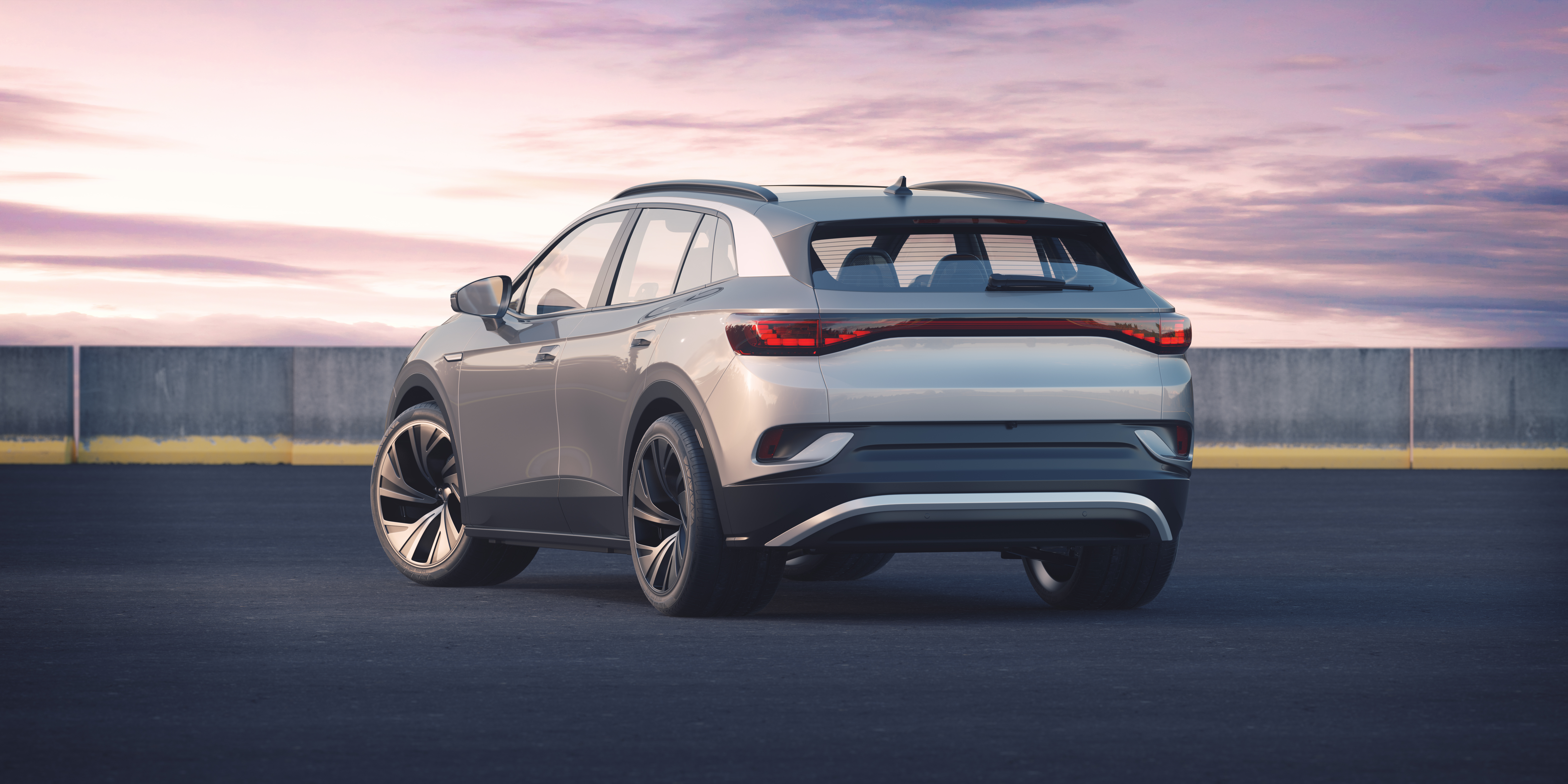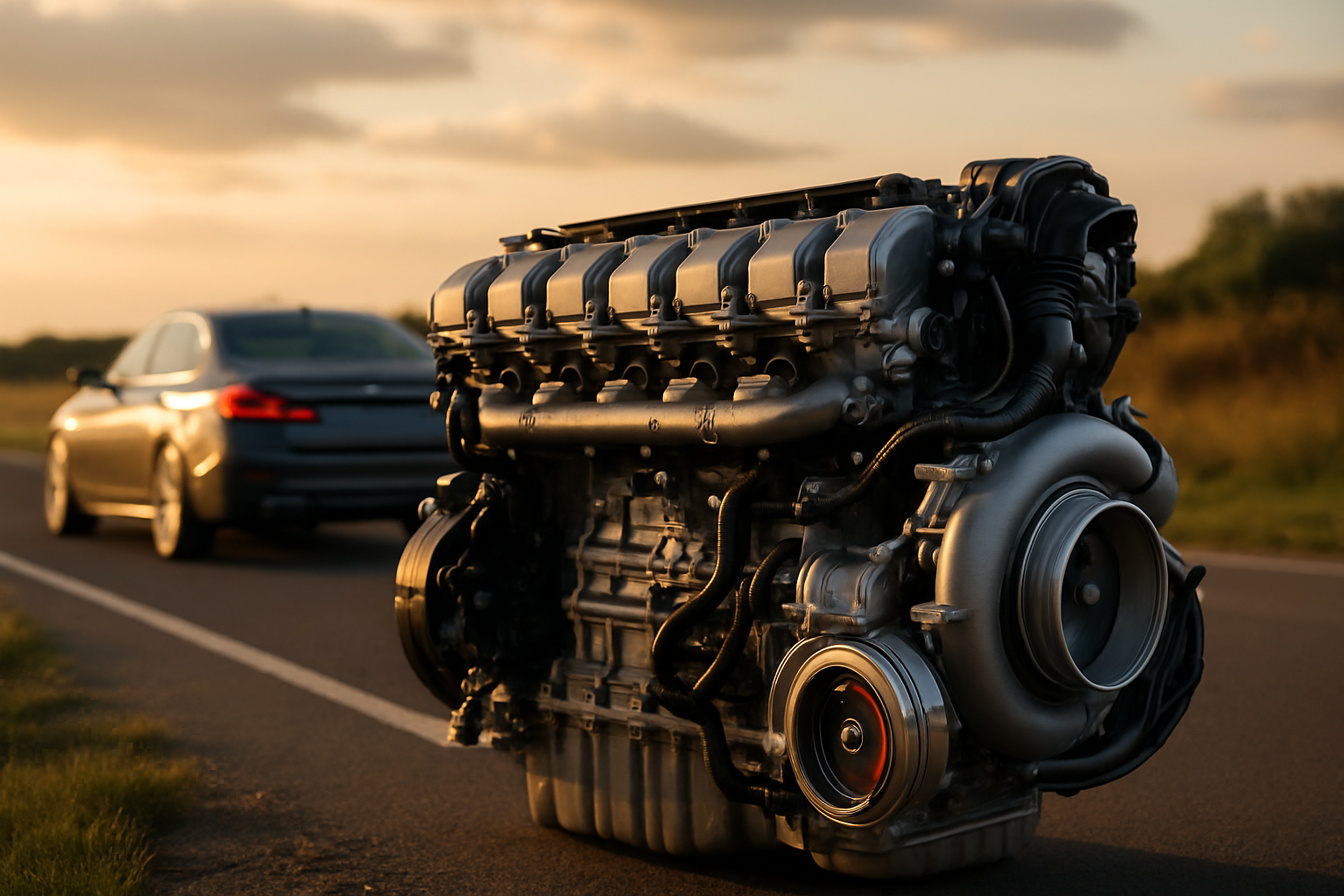The 2025 SUV Guide: What Really Matters
The 2025 SUV market is crowded with options, making it difficult to know where to start. Is a hybrid really more cost-effective than a full EV in the long run? What safety features are non-negotiable for your family? And which models offer genuine adventure capability without sacrificing daily comfort? Our definitive guide cuts through the noise. We focus on the five crucial factors that truly matter—from long-term reliability and ownership costs to real-world practicality and the powertrain that best fits your life. Before you step into a dealership, discover what you really need to know.

Hybrid vs. Electric: The Powertrain Shift
The debate between hybrid and fully electric SUVs continues to intensify. While electric vehicles (EVs) have made significant strides, hybrids remain a popular choice for many American buyers. This preference stems from several factors:
-
Range anxiety: Despite improvements in charging infrastructure, some consumers still worry about long-distance travel in EVs.
-
Flexibility: Hybrids offer the benefits of electric driving for short trips while maintaining the option of gas power for longer journeys.
-
Cost considerations: While EV prices are decreasing, hybrids often present a more affordable entry point into electrified driving.
It’s important to note that individual needs and driving habits should ultimately guide powertrain selection.
Family-Friendly Features in Modern 3-Row SUVs
The evolution of 3-row SUVs has made them increasingly attractive alternatives to minivans for growing families. Key features that contribute to their appeal include:
-
Flexible seating configurations: Many models offer easy-to-adjust second and third rows, accommodating various passenger and cargo needs.
-
Enhanced safety technology: Advanced driver assistance systems are becoming standard, providing peace of mind for parents.
-
Improved fuel efficiency: Even larger SUVs are adopting hybrid powertrains, reducing operating costs for families.
-
Entertainment options: Rear-seat entertainment systems and multiple USB ports keep passengers of all ages content on long trips.
When considering a 3-row SUV for family use, it’s crucial to test drive and evaluate these features in person to ensure they meet specific family requirements.
Comparing Top-Selling SUVs: Performance and Value
The SUV market is highly competitive, with several models vying for the top sales positions. While individual preferences vary, certain factors consistently influence buyer decisions:
-
Reliability: Long-term dependability remains a key consideration for many buyers.
-
Resale value: Some brands maintain stronger resale values, impacting the total cost of ownership.
-
Fuel efficiency: As fuel prices fluctuate, efficiency becomes increasingly important, even in the luxury segment.
-
Technology integration: Advanced infotainment systems and connectivity features can sway tech-savvy buyers.
It’s essential to research current reliability ratings, resale projections, and real-world fuel economy data when comparing models.
The True Cost of Luxury SUV Ownership
Understanding the total cost of ownership is crucial when evaluating luxury SUVs. While the purchase price is a significant factor, other expenses can substantially impact long-term costs:
-
Depreciation: Luxury vehicles often depreciate faster than mainstream models.
-
Insurance: Higher-value vehicles typically incur higher insurance premiums.
-
Maintenance: Luxury brands may have more expensive parts and service requirements.
-
Fuel costs: Engine size and powertrain type significantly affect ongoing fuel expenses.
| Brand | Model | 5-Year Depreciation | Avg. Annual Insurance | Avg. Annual Maintenance |
|---|---|---|---|---|
| BMW | X5 | 50% | $2,400 | $1,100 |
| Mercedes-Benz | GLE | 55% | $2,300 | $1,200 |
| Lexus | RX | 45% | $1,900 | $800 |
| Audi | Q7 | 52% | $2,200 | $1,000 |
Prices, rates, or cost estimates mentioned in this article are based on the latest available information but may change over time. Independent research is advised before making financial decisions.
When evaluating luxury SUVs, it’s important to consider these long-term costs alongside the initial purchase price to make an informed decision.
The Rise of Adventure-Ready Luxury SUVs
A growing trend in the luxury SUV market is the emphasis on adventure-ready features. Manufacturers are recognizing that many buyers desire vehicles capable of both daily commutes and weekend excursions. Key features in this category include:
-
Advanced all-wheel-drive systems: Improved traction control for various terrains.
-
Increased ground clearance: Better off-road capability without sacrificing on-road comfort.
-
Robust roof racks and towing capacity: Enhanced utility for outdoor equipment and trailers.
-
Interior versatility: Easy-to-clean surfaces and configurable cargo areas for gear storage.
When considering an adventure-ready luxury SUV, it’s important to assess how often these features will be utilized to justify any additional cost or complexity.
In conclusion, the 2025 luxury SUV market offers a diverse range of options catering to various needs and preferences. By carefully considering factors such as powertrain technology, family-friendly features, overall value, long-term costs, and adventure capabilities, buyers can make informed decisions that align with their lifestyle and budget requirements. As always, thorough research and test drives remain essential steps in the vehicle selection process.




